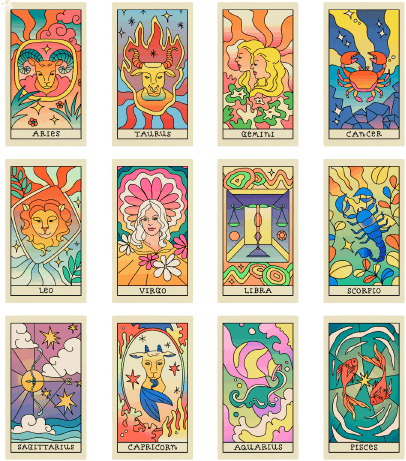Tarot Cards Reading: A Pathway to Insight and Clarity
Tarot card reading is a popular form of divination used to gain insights into a person’s past, present, or future. Tarot decks consist of a set of cards with symbolic images that can provide guidance on various aspects of life, such as health, relationships, career, growth, and decision-making. The practice of reading tarot cards, also known as cartomancy, involves formulating a question and drawing cards from the deck, which are then interpreted based on their imagery and positions.
Each tarot deck contains 78 cards, divided into the Major Arcana and Minor Arcana. The Major Arcana represents significant life events, challenges, and lessons, while the Minor Arcana deals with day-to-day matters. A reader chooses a spread—an arrangement of cards—based on the type of question being asked. Different spreads offer unique perspectives, helping the querent (the person asking the question) navigate personal challenges or gain insight into their life.
Though often viewed as a spiritual or mystical tool, tarot reading is also gaining recognition as a form of psychological support. Many counsellors and therapists use tarot as a tool for reflection and conversation in their practice. The cards, with their symbolic imagery, can help clients explore their emotions, thoughts, and life situations in a deeper way. By sparking introspective discussions, tarot readings provide individuals with a new perspective on their issues and offer potential paths forward.
For many, tarot reading also serves as a mental health support system. It helps people process their emotions, make sense of complex life events, and discover solutions to problems. The practice encourages self-reflection and empowers individuals to make more informed decisions about their lives.
Whether used for spiritual guidance or psychological support, tarot cards offer a meaningful way to explore life’s challenges, seek clarity, and foster personal growth.

